Here I shall put my beliefs and thoughts on various “controversial” topics so people stop asking me the same questions every single day.
This is me stating my beliefs, and then explaining why I hold these beliefs. While I do not have the intention of proving or debunking anything, it may enter that territory when I pry further into my own personal rationalisations.
Here’s what I’ll be covering:
- Burn in (this article)
- Cables and wiring
- Significance of “driving ability” in IEMs
- Significance of DAC performance in general
Let the crucifixion begin.
1. Burn in
1.1. Drivers
To simplify what is a rather long and complex answer, I do not believe in burn-in as I have never subjectively experienced its “effects” in my decade-long stint in this hobby. Despite my best efforts in attempting to replicate the conditions and procedures that many have suggested to me, I still could not induce the significant changes reported by the other side of the argument.
To summarise, I “believe” drivers do change over time with use. However, I don’t believe that this change is audible. I’ll pepper this section periodically with the above highlighted statement in an (probably vain) attempt to prevent people from missing my point.
The concept of burn-in is an interesting one in the audiophile hobby. It’s no surprise really; the logic is straightforward and, at a glance, legitimate. Wear and tear loosens up moving parts and allows them to perform at their peak, so this phenomenon should apply to diaphragms in transducers as well, right? Not even just for the 30mm+ drivers in headphones, but for tiny <15mm dynamic drivers in IEMs or the even tinier balanced armatures as well?
Well… it’s debatable. Some people don’t even want to debate and sure, all the power to them. My personal stance however is clear and simple.
I “believe” that drivers do change over time with use. However, I don’t believe that this change is audible.
Let’s talk about dynamic drivers first, since there seems to be a belief that dynamic drivers are somehow more susceptible to the effects of burn-in.
 Tyll Herstens already did a bang-up job at explaining how dynamic drivers work so I’m not going to go too deep into the technical stuff when you can just read his article. The above diagram is about the gist of it and visualises the inner workings of the dynamic driver rather well. The voice coil moves up and down in time with the analog signal being passed through it, which in turn moves the diaphragm and so creates sound. That begets the question: how significant is the movement of the diaphragm during regular use, and does it create enough wear and tear to cause a change in the sound?
Tyll Herstens already did a bang-up job at explaining how dynamic drivers work so I’m not going to go too deep into the technical stuff when you can just read his article. The above diagram is about the gist of it and visualises the inner workings of the dynamic driver rather well. The voice coil moves up and down in time with the analog signal being passed through it, which in turn moves the diaphragm and so creates sound. That begets the question: how significant is the movement of the diaphragm during regular use, and does it create enough wear and tear to cause a change in the sound?
In the absolute objective sense, it should. A quick Google search shows that there are already multiple (non-academic) tests conducted trying to debunk/prove this phenomenon, mostly relying on frequency response. The changes are small, so small in fact that it could be due to technique and environmental inconsistencies related to the measurement process as opposed to any tangible change in the driver itself. I myself have tried to confirm/debunk this with my own measurements and have not gotten 100% conclusive results due to the observed “changes” lying within error ranges.
Looking at the same objective sense, the significance of this tiny, miniscule change on subjective audio quality is inconclusive at best. People already struggle to tell a few dBs of channel imbalance in their own gear; the same gear having changed after the “effects” of burn-in yet still being picked up by the same listener is a dubious notion, to say the least. Our ears are not as godlike as some of us are lead to believe. So brings me back to my original point:
I “believe” that drivers do change over time with use. However, I don’t believe that this change is audible.
1.2. The Fallibility of Aural Memory
The crux of the pro-burn-in argument lies in the subjective evaluation of the phenomenon itself. People believe in burn-in after they have compared what they are currently listening to (post-burn-in) to their memory of what the same transducer sounded like (pre-burn-in). And here so lies the issue: human memory.
Auditory/aural memory has already proven itself to be rather unreliable, even in comparison to visual or haptic memory (Bigelow & Poremba, 2014; Cohen, Horowitz & Wolfe, 2009). In fact, such auditory memories already start to break down in durations exceeding just 4 seconds. Considering the level of changes that we’re dealing here, the perception of the effects of burn-in will require a lot more than just vague guesses and fuzzy recollections. Especially considering the passion and fervour that the pro-burn-in camp puts in their claims; some even claiming a complete night-and-day differences comparable to that of being a completely different headphone.
There is no direct way to compare a set that is fresh out of the box versus burnt-in. Even using a different unit as a comparison point is not conclusive due to the woefully underestimated phenomenon known as unit variance. Keeping the “4 seconds of auditory memory” metric in mind, we now move into a whole new territory: tens if not hundreds of hours of burn-in time that separates the initial “pre-burn-in” impression versus the current “post-burn-in” listen. From a purely psychological standpoint, even backed up by studies and experiments, I find it hard to believe that any regular human being can have reliable aural memory to that extent. I myself don’t even put that much stock in my own aural memory; if someone were to ask me for a comparison between IEM A and IEM B, unless I have specific notes already written for that comparison I would hesitate to say anything more than surface-level points. For comparative impressions, an A/B test is absolutely crucial.
1.3. Post-Purchase Rationalisation
Nobody wants to admit that they’ve made a bad call. In this case, a bad purchase. If you drop a significant amount of cash on that new hyped thingamajig and found out that you didn’t like it, chances are that you won’t make the “rational” decision to sell it off at a loss and instead opt to double down. And the easiest way to justify that is with the magic wand that is “burn-in”. Why sell it when it can get so much better after a few hundred hours of playtime? Then it’ll be worth it, then you don’t have to sell it, then you know you’ve made the right call in buying that thing that was bad fresh out of the box. Perhaps a bit too much armchair psychology going on here, but choice-supportive bias (Mather & Johnson, 2000) is a real thing and highly relevant to this topic.
A simple observation relates to all this: accounts of the effects of burn-in have been almost unanimously positive. Burn-in is always a great thing to have, it’ll always get better, no reason why you shouldn’t burn-in et cetera. To quote myself again:
I “believe” that drivers do change over time with use. However, I don’t believe that this change is audible.
I specifically used the word “change” for a very good reason: it is a neutral term, denoting neither a positive nor negative connotation. It should stand to reason that a change, in a scale as massive as the pro-burn-in camp describes as, may not always align with the expectations or personal preferences of the user. And yet we see that “burn-in” is recommended as something that is almost mandatory, a practice in the audiophile hobby so ubiquitous that it’s practically religious in nature. A practice that causes a change so significant, yet for some reason always significantly better… it is a hard concept to believe. If the concept of burn-in is truly real, or at least in the way that I define reality, there should be some instances of gear that you shouldn’t burn-in due to the effects of mechanical wear causing a negative change in the sound, yet there are none.
Again I shall stress, I don’t think that “burn-in” is complete hogwash and it only stands to simple physics that there really should be a physical change in transducer diaphragms after usage. However, I don’t believe that this change is audible.
1.4. Balanced Armatures and Crossover Components
Another interesting observation is that there seems to be a consensus in the IEM community that balanced armature drivers are “resistant” to burn-in, citing the minimal amount of in-contact moving parts in each driver. Yet there are also others who still hear a difference after burn-in, often chalking up the differences as burn-in of the crossover components. Honestly it’s a bit of a far-fetched claim, but I’ll see how far I can explain why I believe it isn’t so.
What exactly are the components that change with burn-in when the transducer is out of the equation? Multi-BA IEMs generally use capacitors, resistors and inductors. Standard electrical components that are made to specification and anything beyond what is specified are considered errors. They can change over time of course, but it’s less due to “burn-in” and more due to “degradation”.
I am not in the engineering field so I won’t delve too far into this out of respect of those who are. My main point here is that when the values of each crossover changes, it changes beyond what is specified and what is the original intent of the manufacturer, not necessarily due to usage but rather degradation as the components come ever closer to their end of lifetime. If there is a change, so be it. But for the change to always be positive, to always seek intentional degradation of components in the belief that it somehow causes the sound to be better does imply that the phenomenon is more psychological than physical, as stated in section 1.3.
I “believe” that components degrade over time and may cause a change in sound. However, based off my own experiences, I don’t believe that this change is audible.
conclusion
I don’t believe in burn-in. I still give the benefit of the doubt and run in all my gear for a couple tens of hours before reviewing, but that’s as far as I’d go.
My reviews don’t take burn-in into account as my impressions in the first hours of listening are almost always the same after a couple hundred hours of burn-in. If I ever find a particular piece of equipment that changes so drastically after burn-in, you’d be sure that you’ll be the first to know.
References
Bigelow, J., & Poremba, A. (2014). Achilles’ ear? Inferior human short-term and recognition memory in the auditory modality. PloS one, 9(2), e89914.
Cohen, M. A., Horowitz, T. S., & Wolfe, J. M. (2009). Auditory recognition memory is inferior to visual recognition memory. Proceedings of the National Academy of Sciences, 106(14), 6008-6010.
Mather, M., & Johnson, M. K. (2000). Choice-supportive source monitoring: Do our decisions seem better to us as we age?. Psychology and aging, 15(4), 596.
Thanks to all who have contributed to my Patreon and a special shoutout my $20 Patron, Denis.
Thanks for feeding my journey down this rabbit hole.


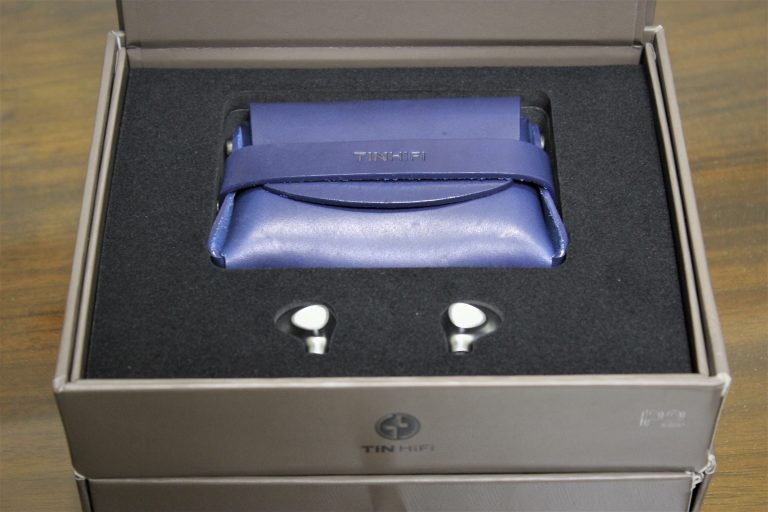
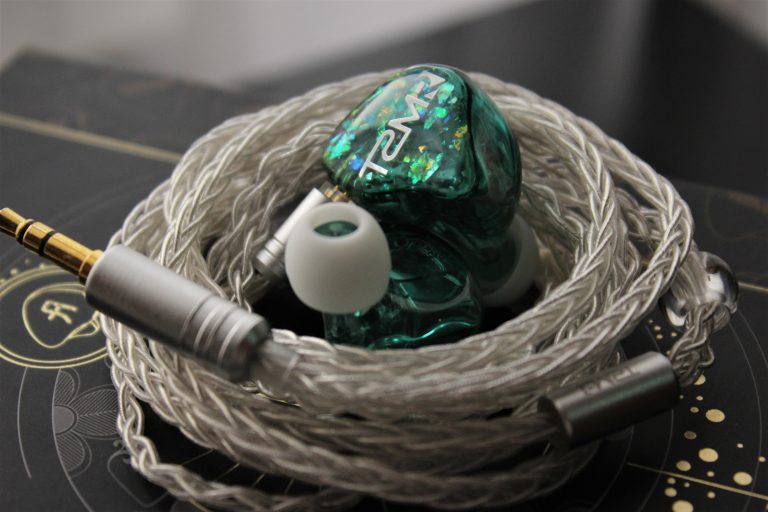
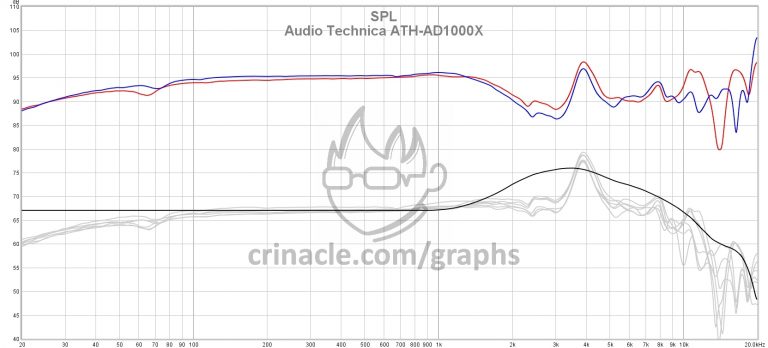
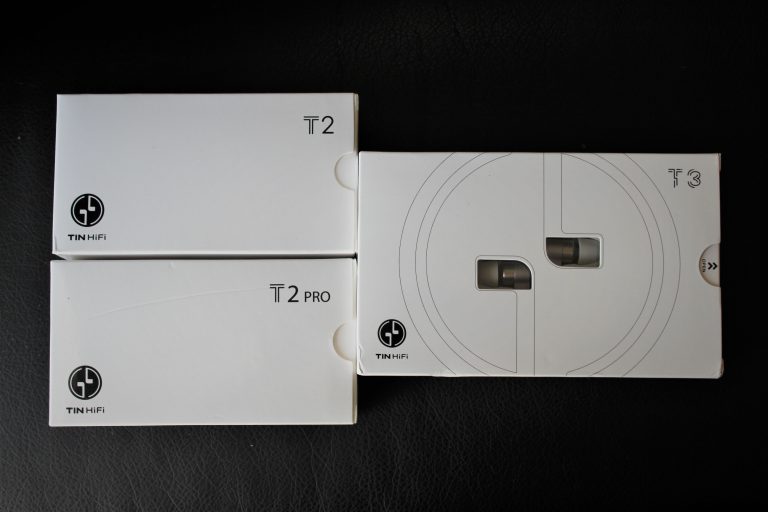
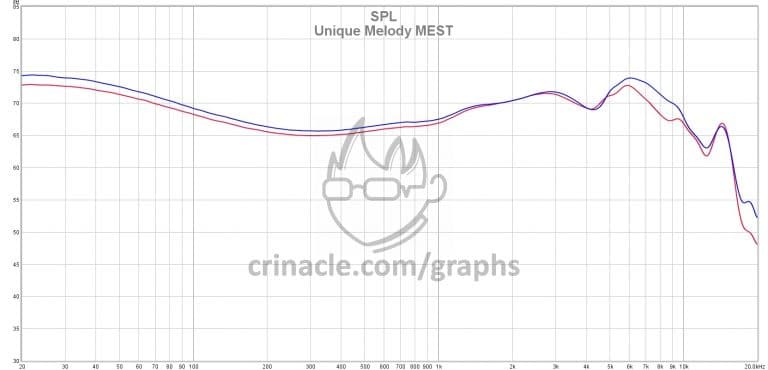


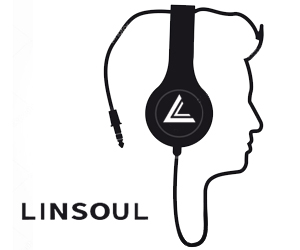


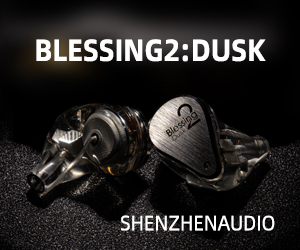
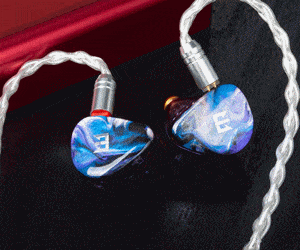

18 thoughts on “On the Record: Burn-In”
Excellent points.
Sadly this is now used in arguments as Crin only burns in for 10-20 hours, so factor that into your opinion of his review.
You’ll never win these arguments, unfortunately, there is a really stubborn streak of anti-science and backwards thinking in audiophilia, where any finding that contradicts “what my golden ears told me” is dismissed without critical thinking.
S’why I gave up.
Great work. I share your beliefs regarding (long-term) burn-in.
Personally, I suspect that break-in of diaphragms / transducers is real, but within a much, much shorter timespan that audiophiles are associating with it. Think about it, a 10kHz tone means the driver has to cycle 10000 times in a single second. Ten thousand times of flexing the diaphragm back and forth! I have a hard time believing that any material would require more than 50000 cycles of flexing to break-in… which amounts to a mere 5 seconds for a 10kHz tone.
Bottom line, I believe that initial break-in happens within the first few seconds of use, and we simply don’t notice it. As for long-term changes, I’m with you that they’re likely not significant enough to be really audible.
Thank you for the fine essay. I agree with many things you say, the cognitive biases and prejudiceses.
Though often switching earphones I think I have recently witnessed for myself the 200 – 300h tasty improvements of a multi – ba IEM well beyond my skepticism. I was surprised bucannot deny that
“I think I have recently witnessed for myself the 200 – 300h tasty improvements..”
‘Hundreds of Hours’ of burn-in with ‘Cycles/Second’ of Full Range Signal..
Even after this wall of truth on the page? Lmao! You smoked the IEM, admit that lol
Read through all your ramblings and I have to say it’s excellent content and I am excited for your future posts.
Keep them coming!
As being a Sound Engineer for 2 decades I strongly believe Burnin process have significant changes with Dynamic drivers or low frequency drivers. The Burnin of an IEM won’t take more than a hour or two, which makes sub bass to sound better in time without distortion and I have experienced with many IEM’s. We cannot hear or to expect any changes in high frequency notes…. So I believe in Burning process👍
I have to say I do believe in the burn in but it happens after a few hours as I have noticed definitely with the last 2 sets of IEMs that the sound did change after a few hours use and had also changed when I went back to them , now this was only really noticeable on 2 sets and I have a few so it may be a manufacturing gremlin that the odd set have. I also have noticed a difference if you change from the standard cable that they come with which is still good but upgrade the cable and you do get a bit more out of the IEMs. I think for some reason it’s more noticeable on some sets to others. The magic of HiFi and its mysterious ways.
I believe in burn-in, I would even say I have a strong conviction in the matter – I believe the brain is the one being burnt-in, as it adjusts to every pair of new speakers or headphones. Over the course of hours or may be even days the brain adjusts to the new sonic signature as it gradually sounds better.
If changes in the equipment itself, if there is any to begin with, were audible, then after “burn-in” these changes would be equally likely to make it sound worse as to make it sound better. Yet almost all anecdotal reports have been of an improvement. This can’t be unless it is the brain which is the one which changes.
Sorry, but I’ll have to disagree with you on that. I once had a pair of ear buds which I tried to burn in for about half an hour, it didn’t get done correctly and one side got burnt in more than the other and sounded imbalanced with one side louder and more bassy, it became clear to me that there was a very noticable sound difference, because I’m sure that one half of my brain didn’t adapt or get burnt in as you said, because when I tried a new earbud of the same kind both sides sounded the same, and all this was within a span of half an hour. So it’s not in the mind and burn in is real.
That sounds more like a quality control issue and not an actual difference being made from burn in. You could also argue that it was as something as simple as the seal around your ear canal that would account for the difference.
Seems to me it’d be pretty easy to get 2 sets of some relatively inexpensive IEMs, let one burn in, then do an A/B test. I’d do it myself, but I don’t believe in burn in. Some materials do have a viscoelastic property, so exhibit time-dependent behavior. I haven’t seen any convincing explanation of what the time-sensitive mechanical component is inside an IEM. And I doubt any manufacturer would want to use a material that didn’t have consistent behavior over time.
I WORKED SELLING HI-END AUDIO FOR A DECADE, A LONG TIME AGO. IN DOING SO, I ACTUALLY WORKED FOR THE MAN WHO INVENTED THE WHOLE CRAZED CONCEPT OF “BURN-IN”; AS FOLLOWS (HIS LOGIC): PEOPLE ARE SIMPLY IDIOTS WHO WILL BELIEVE ANYTHING, NO MATTER HOW STUPID, NO HOW AGAINST SCIENCE OR REASON…AFTER WE SELL MR. X THE SPEAKER SET, WE MUST TELL HIM THAT THEY NEED TO BE ‘BURNED IN’ WITH A CONTINUOUS SIGNAL FOR AT LEAST ‘Z+3’ DAYS, BEFORE THEY’LL SOUND THEIR BEST; WHATEVER NUMBER IS QUOTED MUST BE AT THREE DAYS AFTER THE RETURN DATE HAS EXPIRED…THAT’S IT. PERIOD. THIS GUY IS NOW ONE OF THE RICHEST MEN IN THE USA, AND PEOPLE ARE STILL STUPID….
Crinacle,
I wonder whether it would be useful to run this experiment to neutralize the “audio memory problem”:
1. Buy two pairs of the same headphones, preferably with a brand that tells you to burn in their gears. Focal comes to mind.
2. Right after unboxing, have a quick listen to them to verify that they are essentially the same.
3. With one pair, burn it in for 100 hours. With the other pair, don’t use it at all.
4. At the end of the 100 hours, A/B test the two pairs. Heck, you could even do blind A/B because they are the same headphones!
Now you know whether the 100 hours made a difference, without the audio memory problem muddling the argument.
People already did something waaaay better and more conclusive:
They’ve gone through the whole burn-in nonsense and actually measured the gear before and after. If there was a significant change we’d be bound to see it right there. But we don’t, because if it exists it is within the margin of error of proper measuring equipment. Wich is way below anything anyone could ever notice.
If it is happening it’s not reliably measurable and thus insignificant. Therefore it doesn’t matter one bit if it does exist or doesn’t.
It’s the same nonsense like people claiming their headphones or iems totally transformed and have a completely different character with a horrendously overpriced aftermarket cable, yet strangely measurements show no difference at all.
Someone wrote “The magic of HiFi and its mysterious ways.”
Should’ve been “The magic of psychology and its hard to grasp ways for inherently flawed and subjective human minds.”, because that’s what it comes down to. As proven ad nauseam.
I’ve always thought it was weird that people are so happy to mention that burn-in helped their headphones and that there are 0 reports of people saying “My headphones are all used up, too burnt in, the sound bad after 1 month.”
Burn in is real, I would know I work for the largest financial services institution in the world!!!!!!!!!!!!!